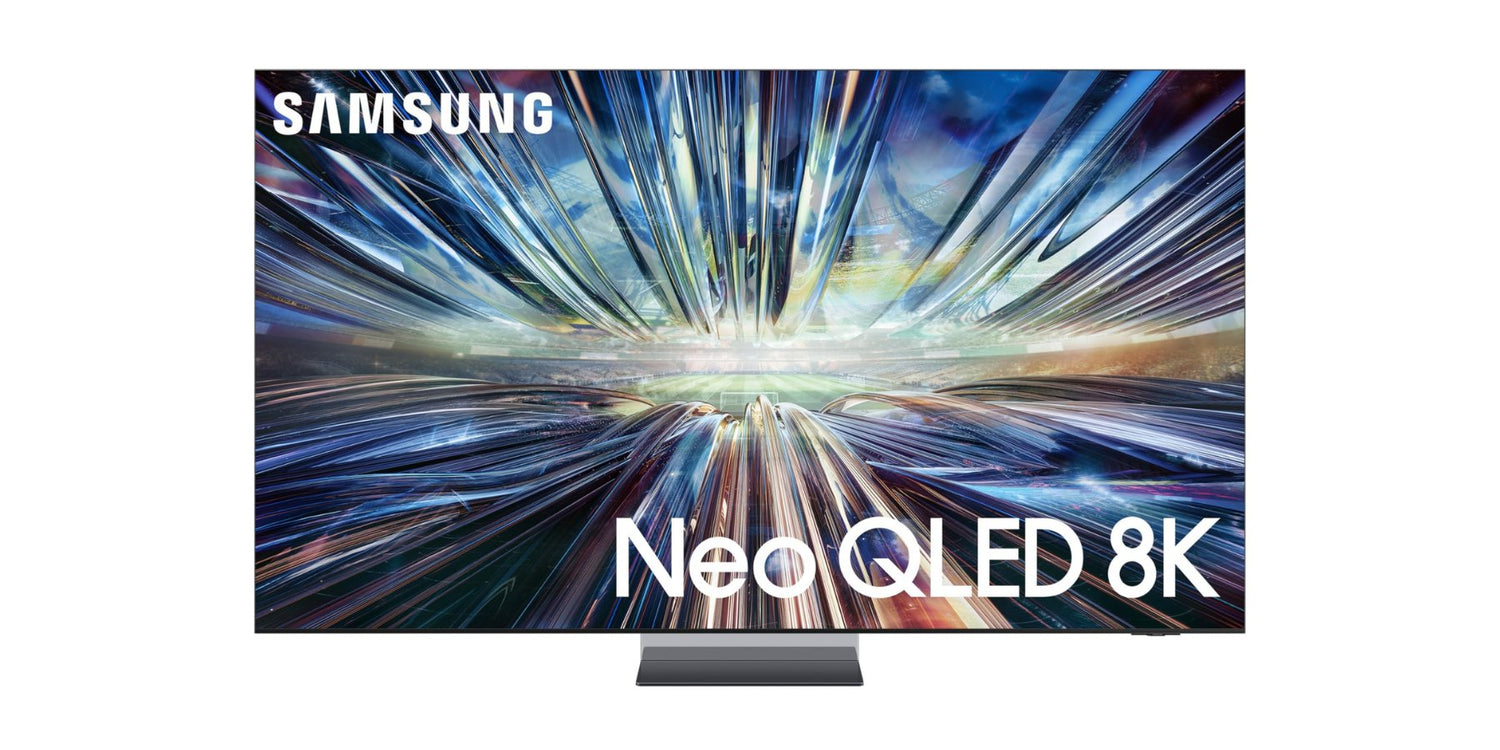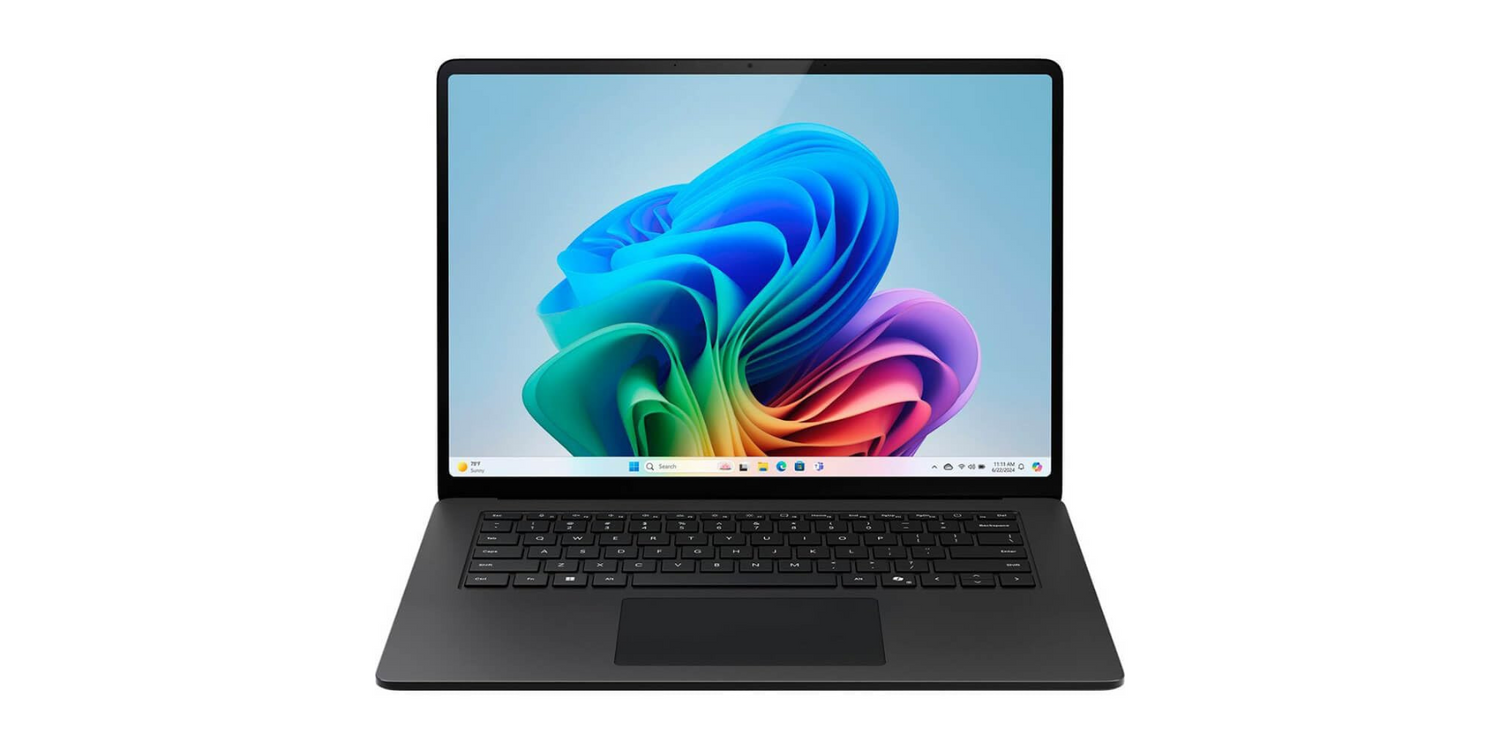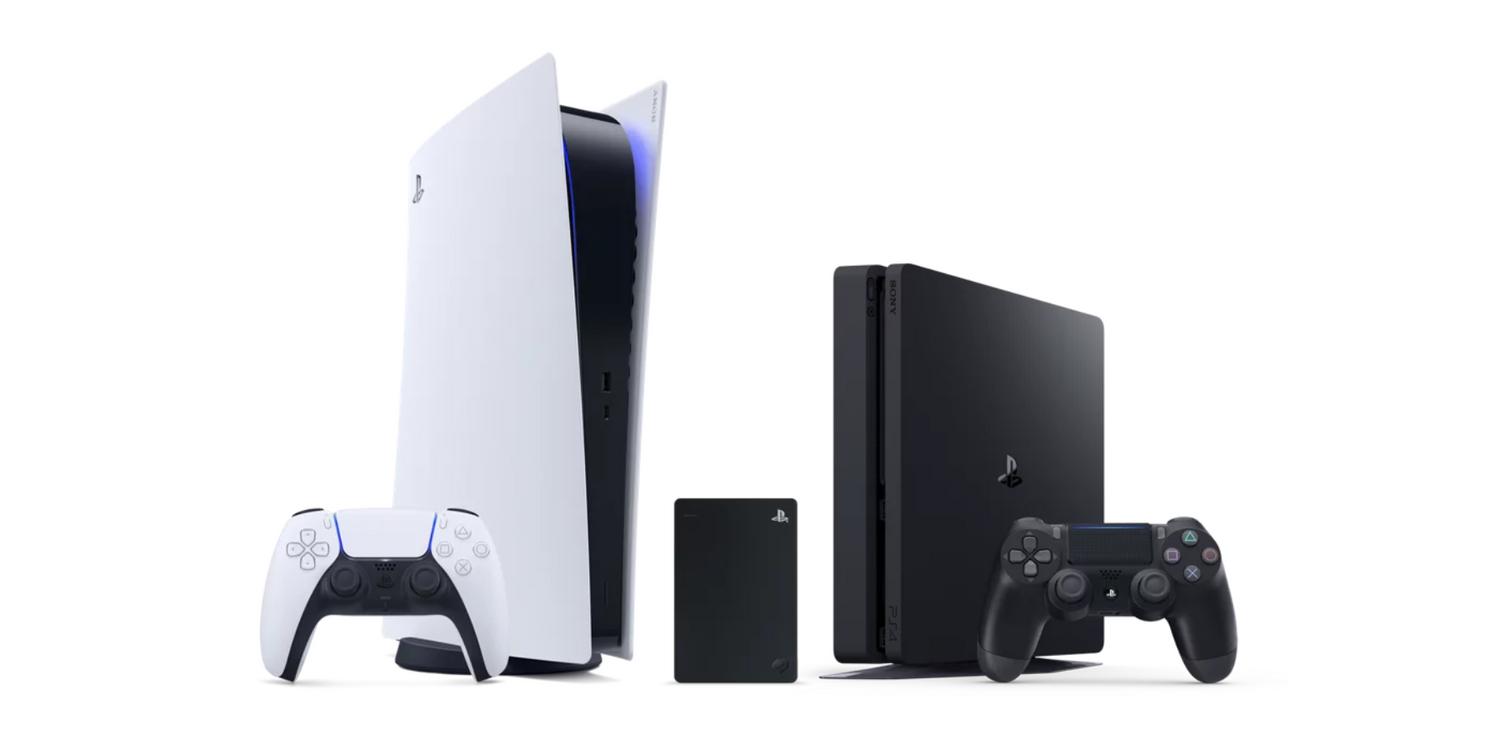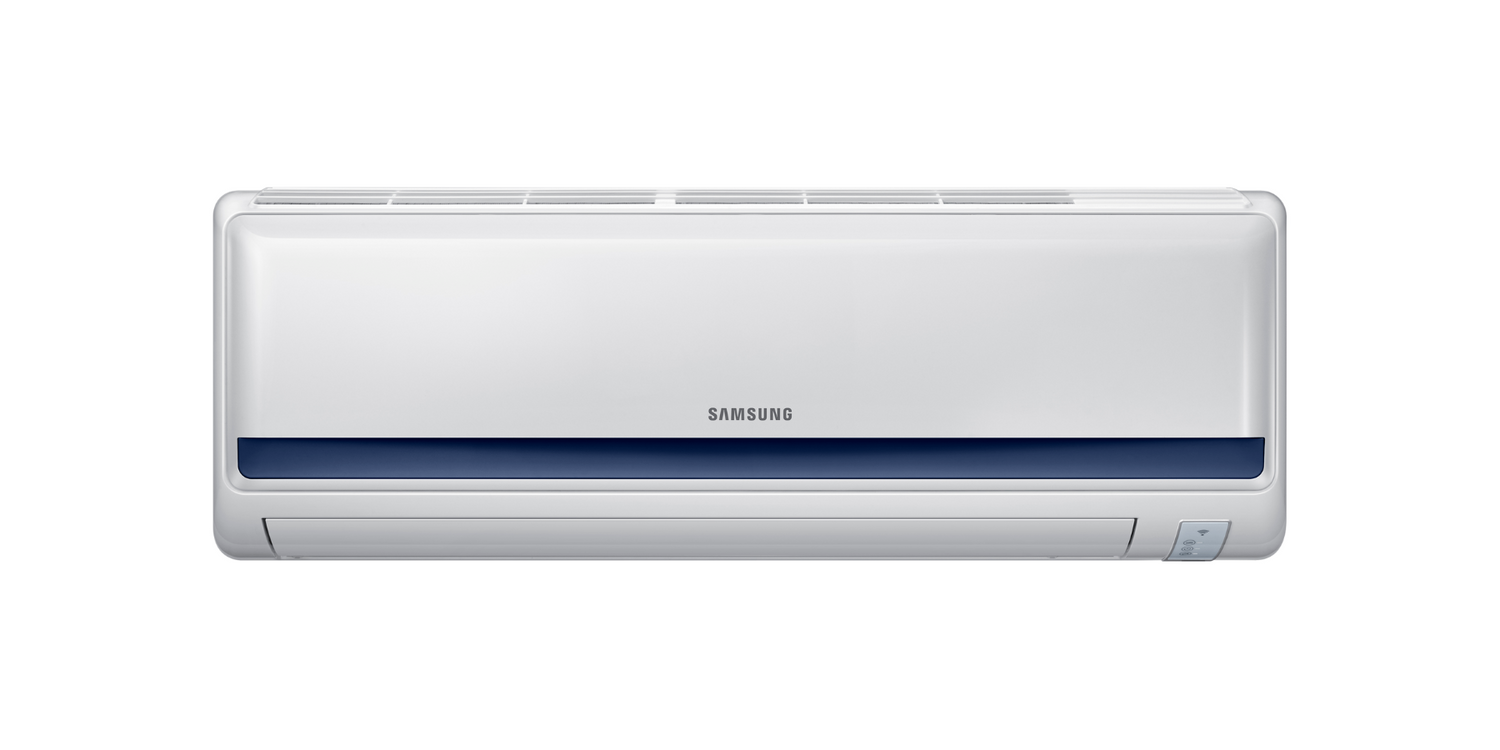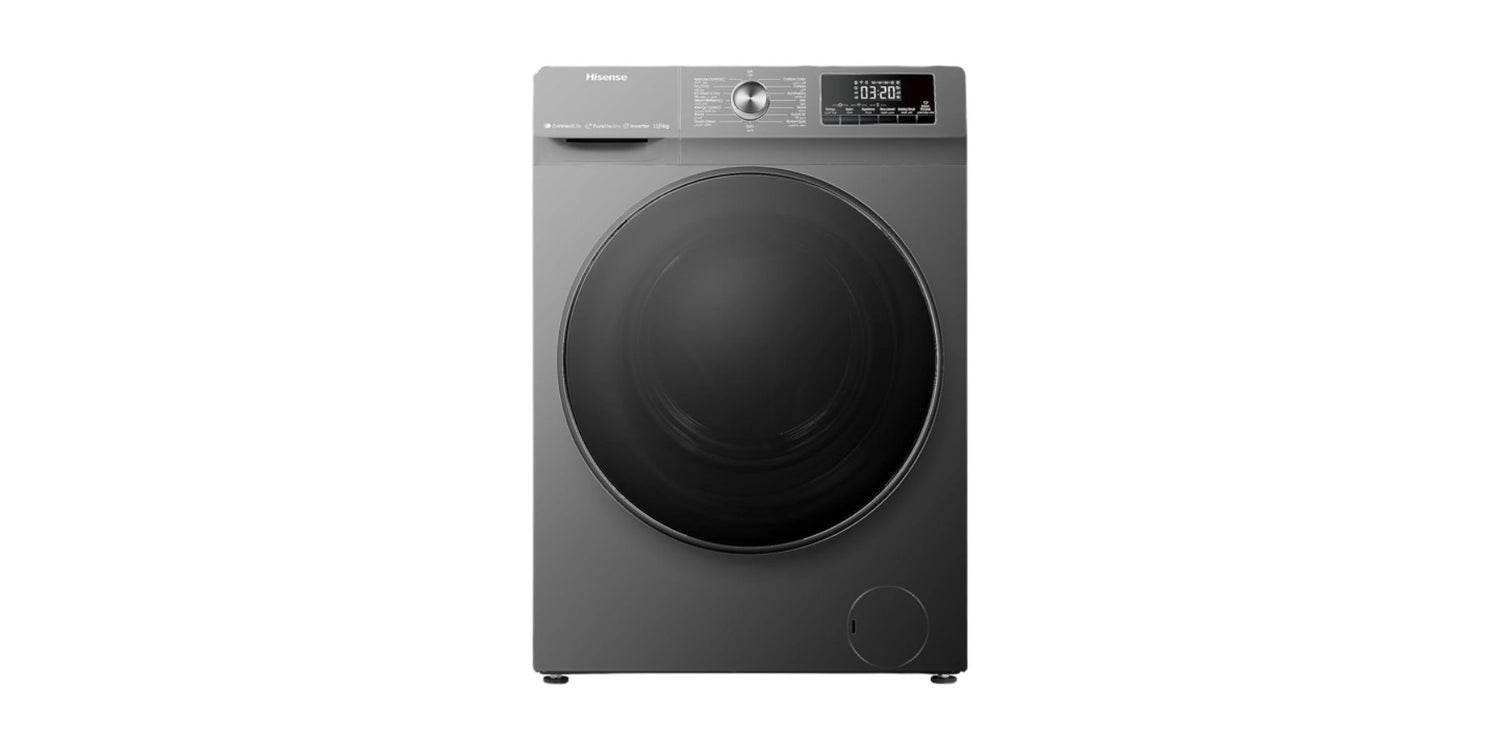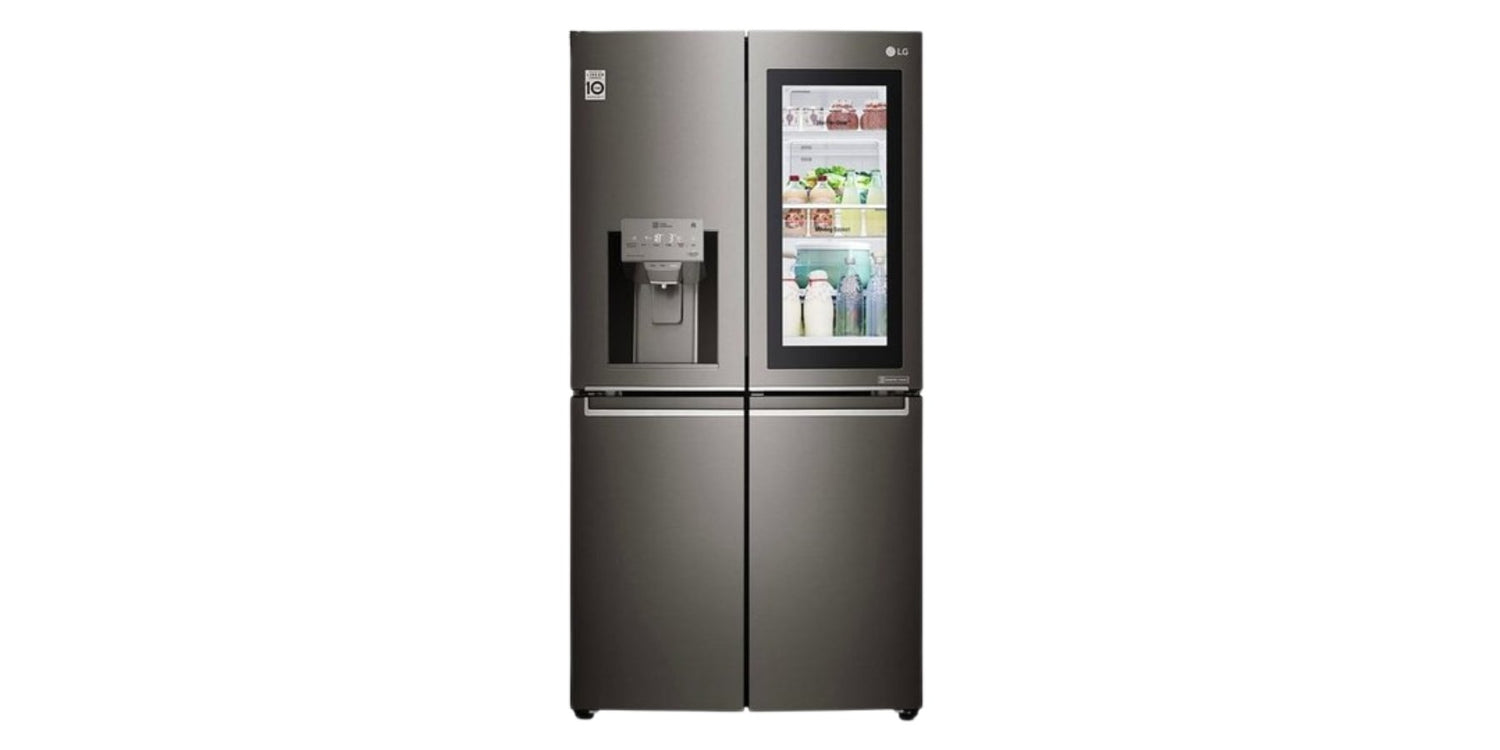Introduction: The Smart TV Revolution
Gone are the days when televisions were only for watching cable channels. Today, smart TVs have transformed the way we enjoy entertainment. They connect to the internet, stream movies and shows from Netflix, YouTube, and Amazon Prime, and even let you browse social media or play games. Whether you’re upgrading your living room setup or buying your first smart TV, the choices can feel overwhelming — dozens of brands, countless models, and features that sound confusing.
In this 2025 smart TV buying guide, we’ll walk you through everything you need to know before making your purchase. From understanding display types like LED, OLED, and QLED to selecting the right size, resolution, and smart features, this article will help you buy the best smart TV for your home and budget.

1. Set Your Budget First
Before diving into technical specs, start with your budget. Smart TVs are available in a wide price range — from AED 600 budget-friendly models to premium options costing over AED 10,000.
Here’s a general idea:
-
Budget Range (AED 600 – 1,500): Small to medium-sized TVs (32–43 inches), Full HD resolution, basic smart features like YouTube and Netflix.
-
Mid-Range (AED 1,500 – 3,000): Larger screens (43–55 inches), 4K UHD resolution, faster processors, better HDR performance.
-
High-End (AED 3,000+): 55 inches and above, OLED or QLED displays, AI upscaling, Dolby Vision, superior sound quality, and smart assistants.

2. Choose the Right Screen Size
Your TV’s size should fit your room, not just your budget. The ideal screen size depends on the viewing distance. If you sit too close to a large TV, the image may look pixelated; too far from a small screen, and you’ll miss the details.
Here’s a quick guide:
| Room Type | Recommended Size | Optimal Viewing Distance |
|---|---|---|
| Small bedroom | 32–43 inches | 4–6 feet |
| Living room | 50–65 inches | 7–10 feet |
| Home theater | 70+ inches | 10–12 feet |

3. Understand Display Technologies
One of the biggest decisions when buying a smart TV is the display type. Each has its strengths:
-
LED (Light Emitting Diode): The most common and affordable. Good brightness and energy efficiency.
-
QLED (Quantum Dot LED): Brighter colors and better contrast. Great for well-lit rooms.
-
OLED (Organic LED): Deep blacks, vibrant colors, and perfect contrast. Ideal for movie lovers.
-
Mini-LED: A newer technology that improves brightness control and contrast — often found in high-end TVs.

4. Resolution Matters — But Don’t Overpay
Resolution determines the sharpness of your picture.
-
HD (720p): Suitable for small TVs (32 inches or less).
-
Full HD (1080p): Great for budget TVs up to 43 inches.
-
4K UHD (2160p): The current standard — sharper, clearer, and widely supported by streaming apps.
-
8K: Extremely detailed but expensive and not much 8K content is available yet.
5. Look for HDR Support
HDR (High Dynamic Range) enhances color and contrast, making images more realistic. There are different types of HDR formats — HDR10, HDR10+, Dolby Vision, and HLG.
If possible, go for a TV that supports Dolby Vision or HDR10+, as they provide better dynamic range in compatible content.

6. Check the Smart Platform
Smart TVs run on different operating systems. The platform determines how smooth and user-friendly your experience will be.
Here are the main ones:
-
Android TV / Google TV: Huge app selection, voice control with Google Assistant, and Chromecast built-in.
-
Tizen (Samsung): Clean interface, fast performance, supports major apps.
-
WebOS (LG): Simple and stylish UI with smooth navigation.
-
VIDAA / Roku / Fire TV: Common in budget models, still good for basic streaming.

7. Connectivity and Ports
Make sure your new smart TV has all the necessary ports and wireless features:
-
HDMI Ports: At least 3 HDMI ports are ideal for connecting consoles, set-top boxes, and soundbars.
-
USB Ports: For connecting external drives or accessories.
-
Wi-Fi & Ethernet: Ensure it supports dual-band Wi-Fi for stable streaming.
-
Bluetooth: For connecting wireless headphones, keyboards, or speakers.
-
Optical / HDMI eARC: For better sound system integration.
8. Sound Quality – Don’t Ignore It
Many slim TVs compromise on sound. Look for features like:
-
Dolby Audio / Dolby Atmos
-
DTS Virtual:X
-
Built-in Subwoofer
9. Design and Mounting Options
Today’s smart TVs come with ultra-slim bezels, metal frames, and minimalist stands.
If you prefer a clean setup, choose a wall-mountable TV with VESA compatibility. Always check the weight and mounting size before installation.
10. Brand Reputation and Warranty
Stick with trusted brands that offer after-sales support and warranty services in your region.
Top smart TV brands in 2025 include:
-
Samsung
-
LG
-
Sony
-
TCL
-
Hisense
-
Xiaomi
-
Skyworth
-
Element
-
Panasonic
11. Extra Features to Look For
Modern TVs go beyond basic entertainment. Look for advanced features like:
-
Voice Assistants: Google Assistant, Alexa, or Bixby integration.
-
Screen Mirroring / Chromecast: Stream from your phone directly.
-
Game Mode: Low latency and higher refresh rates for gamers.
-
AI Upscaling: Enhances lower-resolution content.
-
Energy Saving Mode: Reduces power consumption.
12. Where to Buy a Smart TV in 2025
You can buy smart TVs from:
-
Online retailers: Alfa, Amazon, Noon, Sharaf DG, Carrefour, or brand websites.
-
Offline stores: Electronics showrooms let you see the picture quality in person before deciding.


